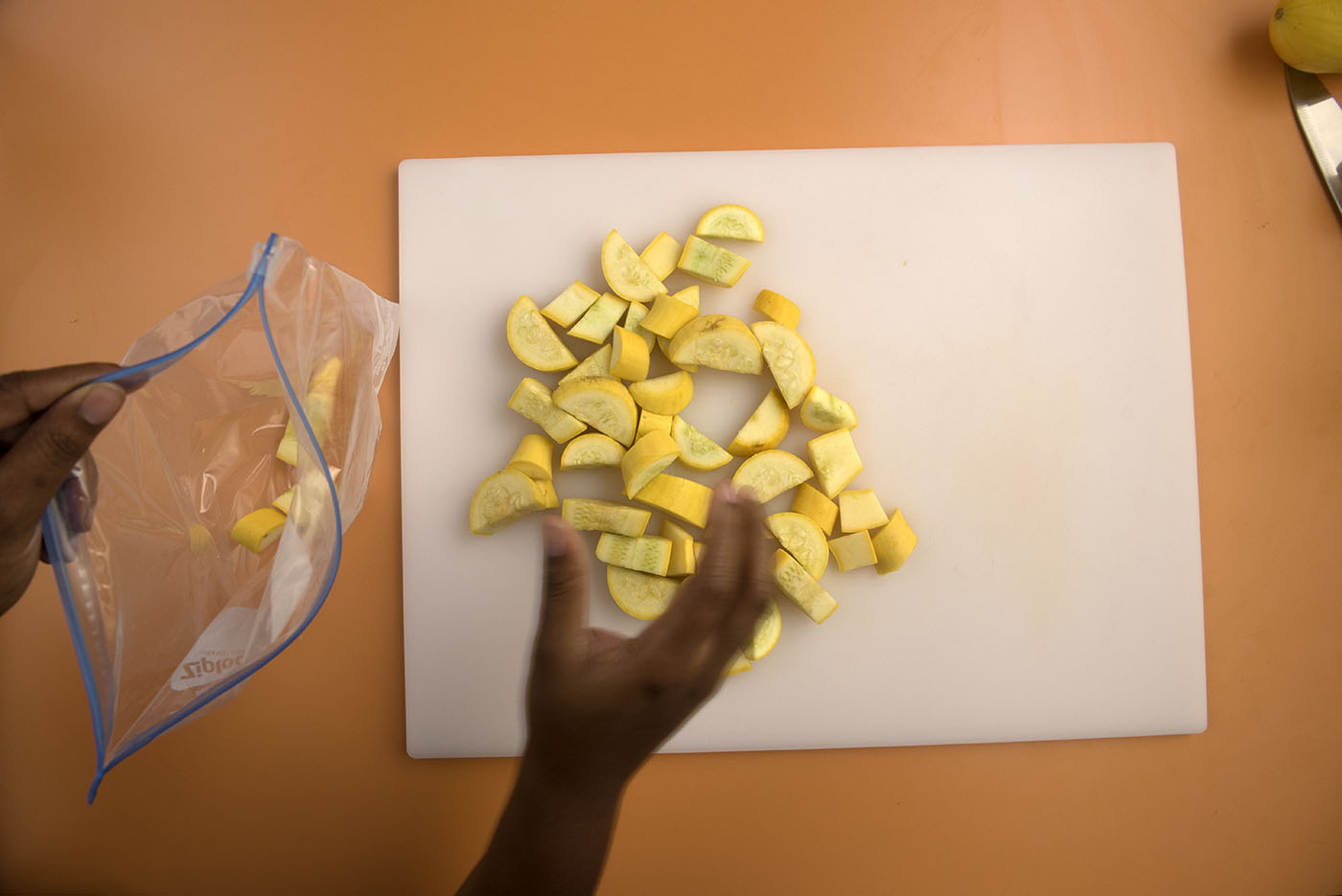Cooling and Refrigerating Food
Header Image:

Cooling and Refrigerating Food
- Separate and refrigerate the portion to be served for your next meal BEFORE you put the food on the table. This keeps food quality higher by preventing leftovers from becoming “picked-overs.” It also helps keep food safe.
- Refrigerate leftovers in shallow containers so they cool faster in the refrigerator. It’s not necessary for a food to be completely cool before it’s refrigerated. To help food cool slightly before refrigeration, place a shallow container of food on a cooling rack to allow air to circulate all around the plan for about 20 to 30 minutes.
- Limit depth of food to 2 inches. LOOSELY cover food upon refrigeration. This allows heat to escape and protects from accidental contamination from other foods during cooling.
- Avoid letting perishable cooked foods, such as meat, poultry, seafood, eggs, dairy products, cooked rice, pasta, and vegetables sit at room temperature longer than TWO hours TOTAL—the TOTAL is the total of the first and second use.
- Refrigeration does not stop bacteria from growing, but it slows the process. Most food will only keep in the refrigerator for a short period of time.
- Food should always be covered or in a storage container with a sealed lid to slow the growth of bacteria.
- Label and date your leftover containers to keep track of how long it has been in the refrigerator.
- If food looks or smells bad, the general rule is, “When in doubt, throw it out!”
- Do not overstuff the refrigerator. Cold air needs to be able to circulate to keep food safe and prevent freezing.
- A refrigerator temperature of 40°F or lower will slow bacterial growth. Keep your freezer at 0°F or lower. Freezing will stop most bacteria growth so frozen foods keep longer than those at refrigerator temperature. Freezing DOES NOT kill bacteria—it is still important to handle food safely.
As a general rule, use refrigerated leftovers within four days for best safety and quality. Freeze for longer storage. Cool foods in the refrigerator before putting them in your freezer.